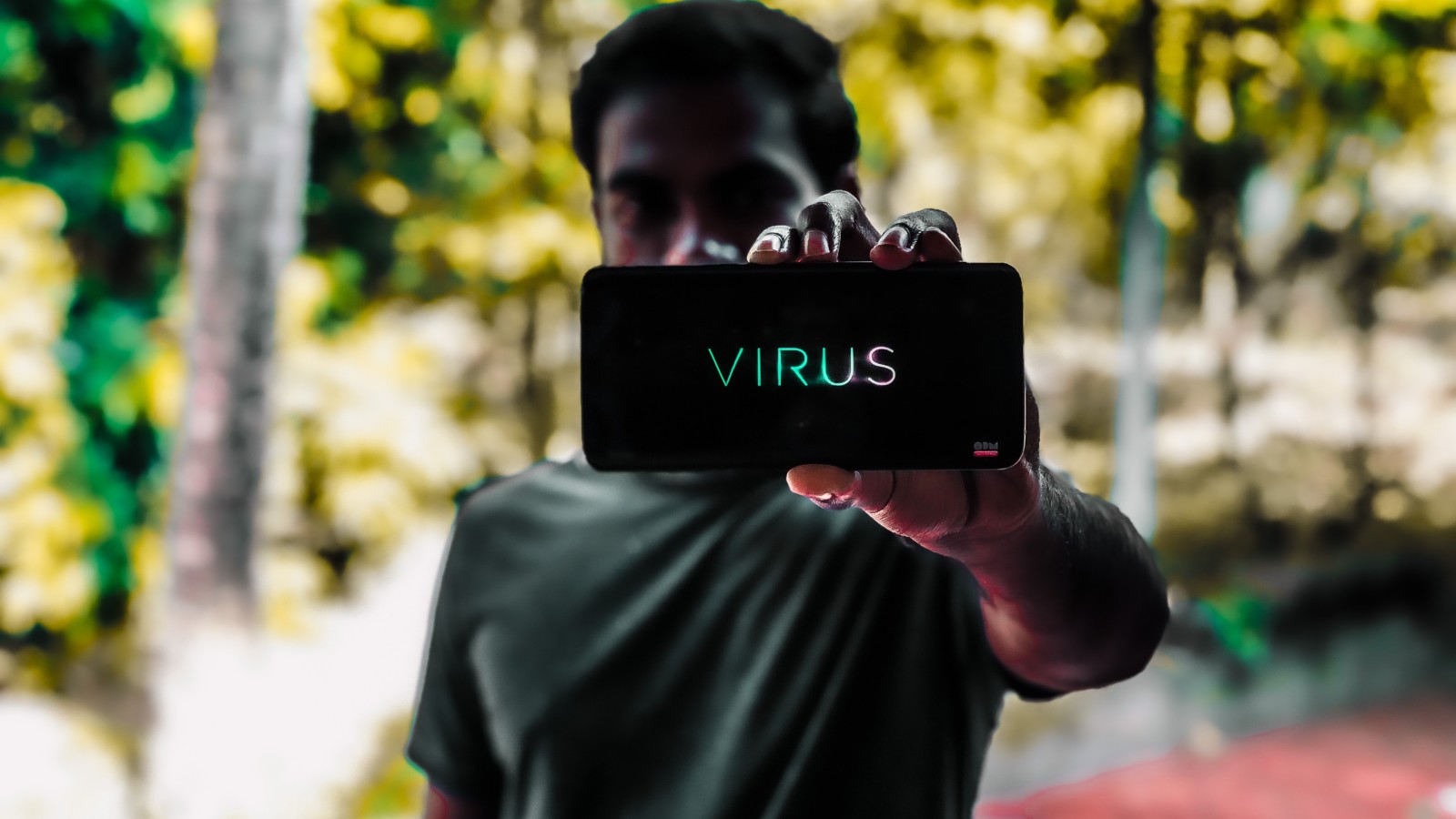COVID-19 pandemic has seriously challenged people around the world to abandon their old ways and adapt to a brand new life without much time to transition. For some people, it came with losing two weeks of work, feeling completely isolated, losing their loved ones or their means of livelihood.
For others who have escaped the virus, the constant fear forced them to change their routine completely. Nevertheless, everyone has been psychologically impacted and the need for control and certainty has been constantly challenged. The situation has taken away almost all our daily life distractions, forcing us to look within. All the current conditions strongly highlight the urgent need to increase investment in mental health services and predict an increase in mental health conditions in the near future.
Facts from the past
Indians have always struggled with conversations about mental health, and the government has not nearly found a solution even before the pandemic. Although the National Mental Health Programme was launched in 1982 and re-strategised in 2003, we are still struggling with the basic issues of availability and accessibility of minimum mental healthcare.
The National Mental Health Survey (2016) reported that the lifetime prevalence of a mental disorder is 13.7 per cent, clearly stating that this is the percentage that require active interventions. Statistics showed that one in 40 and one in 20 suffer from a past and a current episode of depression across different age groups and gender. The prevalence of substance-use disorders has been even higher (22.4 per cent of our population). The overall treatment gap was reported to be 83 per cent, keeping in mind that it is even higher for common mental disorders.
The government spends just a little more than one per cent of the total GDP on healthcare, leaving less than 0.5 per cent of its total health budget for mental health as compared to the US that spends 17.5 per cent of their GDP on healthcare.
COVID-19 aftermath
In the beginning of lockdown, there was a somewhat interruption of mental health services since all face-to-face services were closed and many patients and mental health professionals were skeptical about providing services online. At a time when the need was rising, hospitals and other mental health centres were trying to find ways to provide and extend their services. Finally now that most services are available online, the question of making it accessible in the community has still not been resolved.
Sahoo et al. (2020) described a case of a 52 year old man who developed excessive fear after hearing that his friend was tested positive, which pushed him to completely isolate himself and develop severe depressive symptoms that ultimately resulted in an act to end his life. They reported another case of a 40-year-old man, who developed anxiety symptoms after coming in contact with a foreigner couple, finally isolating himself and constantly checking news that pushed him to attempt suicide. Constantly following the news about COVID-19 has exacerbated anxiety for many especially when they are experiencing similar symptoms or are vulnerable to experiencing anxiety or depression.
The fear of infection, frustration and boredom, stigma from the community, loss of pay or loss of job has exacerbated the existing mental health conditions faced by many, and proved to become a daily struggle. Migrant workers and daily wage laborers have been desperately looking for work or trying to move back to their villages, reporting hopelessness and anxiety for months.
Frontline healthcare workers have been overburdened with difficult decisions, risk of infection to themselves and their family members and a consistently increasing workload, which has reported an increase in depressive and anxiety symptoms among them and a need to avail psychological help.
Burden on existing mental health professionals
The Indian Union Ministry of Health and Family Welfare stated that our country needs a minimum of 13,000 psychiatrists and 20,000 clinical psychologists as opposed to our current number of just above 3,500 psychiatrists and 1,000 clinical psychologists. These numbers show a pressing need to bridge the acute shortage of resources.
Given that unlike other consultations, psychiatric screening and assessment takes at least 30-40 minutes per client, it is impossible for the current resources to meet the demand. Post lockdown, there has been a surge in the number of consultations reported by most professionals, increasing this problem.
The pandemic has drawn a lot of attention and open conversations around mental health in India. As we move forward, this year can be viewed as an opportunity to restructure our mental health care system, work towards scaling up evidence-based services, spread awareness, find ways to integrate basic mental health care with general health care and focus on increasing opportunities for training mental health professionals. Along with containing the pandemic, the government needs to take measures and address this problem.


